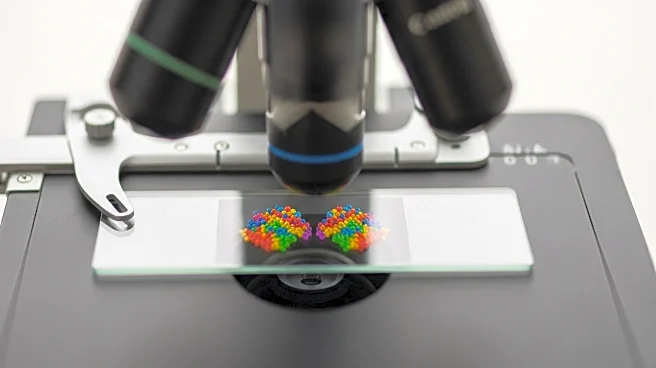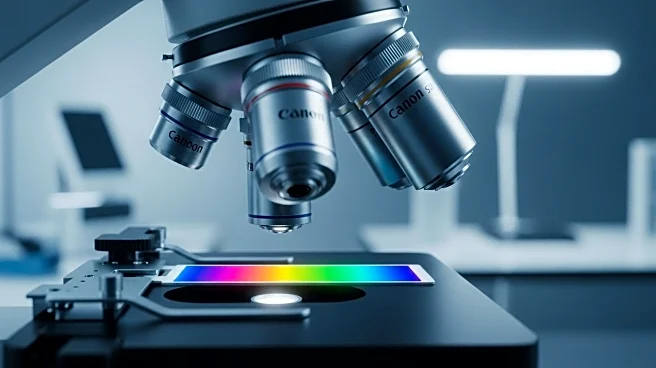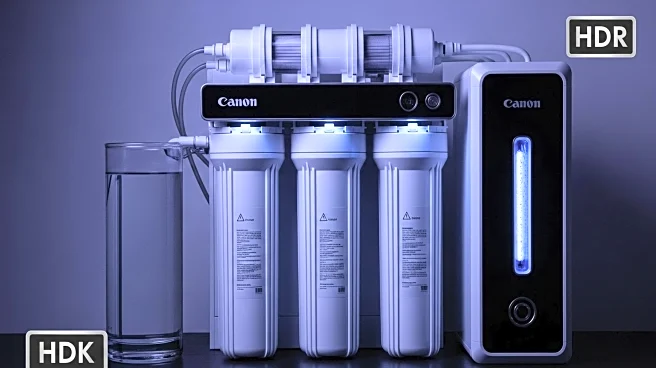What is the story about?
What's Happening?
Researchers from the University of Stuttgart and the University of Melbourne have developed a new method for analyzing nanoplastic particles using a color-changing test strip and an ordinary optical microscope. This innovation, published in Nature Photonics, allows for the detection and sizing of nanoplastics in environmental samples. The test strip, known as the 'optical sieve,' changes color when nanoplastic particles fall into its holes, providing information about the size and number of particles. This method offers a cost-effective and accessible alternative to traditional techniques like scanning electron microscopy.
Why It's Important?
The presence of nanoplastics in the environment poses significant health and ecological risks, as these particles can penetrate biological barriers and accumulate in living organisms. The new method provides a simpler and more affordable way to monitor nanoplastic pollution, which is crucial for environmental and health research. By enabling on-site analysis, this technology could enhance the ability to track and manage plastic pollution, contributing to efforts to mitigate its impact on ecosystems and human health.
What's Next?
The research team plans to further develop the optical sieve for use in real-world applications, including testing non-spherical nanoplastic particles and distinguishing between different types of plastics. Collaborations with other research groups are anticipated to refine the method and expand its applicability. The ultimate goal is to create a mobile test strip for direct on-site analysis of nanoplastics in water and soil, providing valuable data for environmental management and policy-making.
AI Generated Content
Do you find this article useful?













